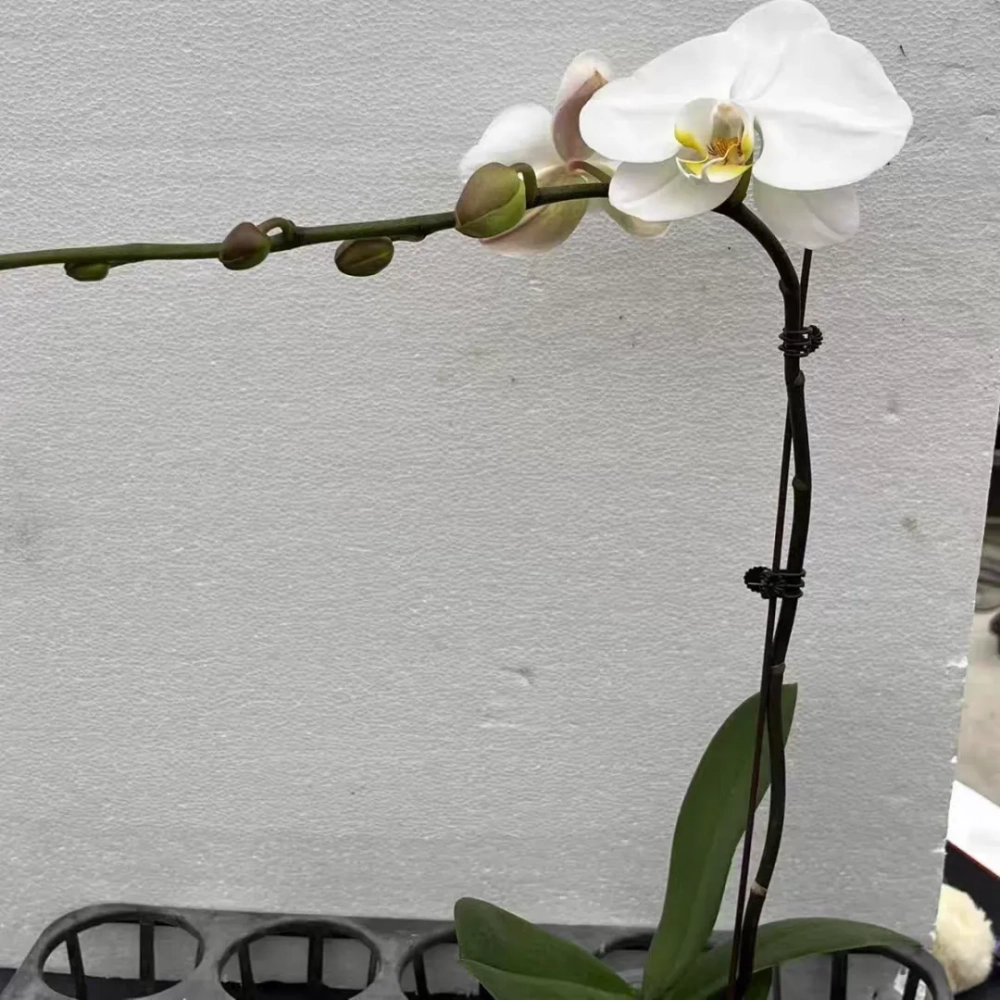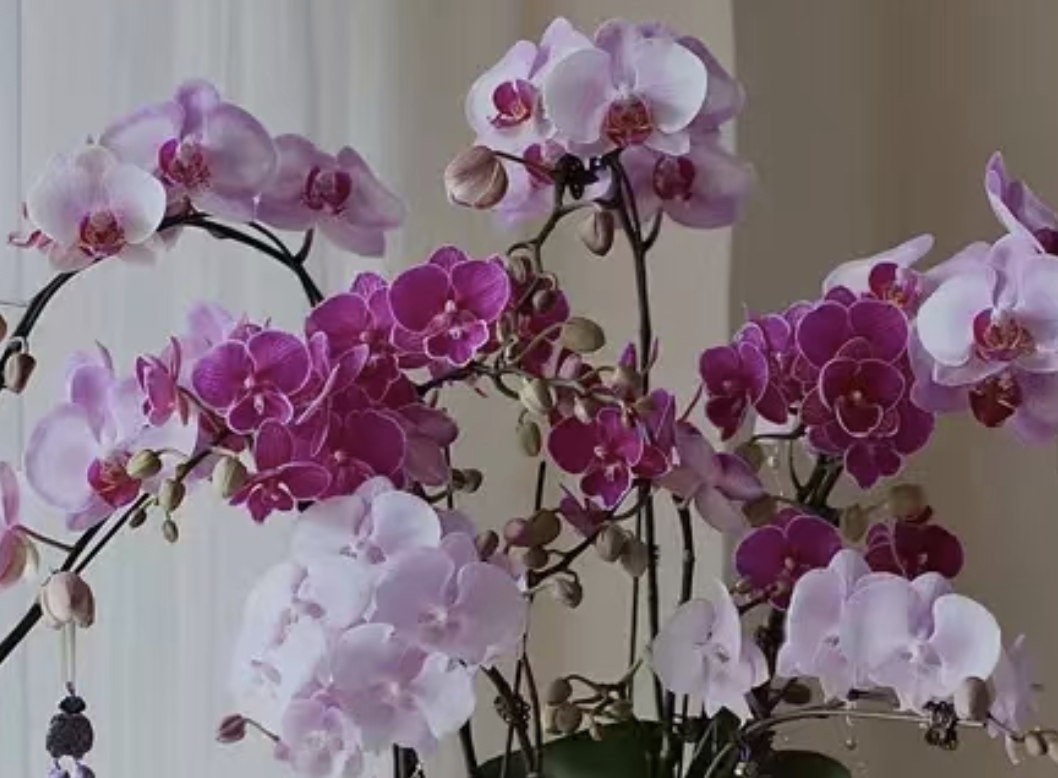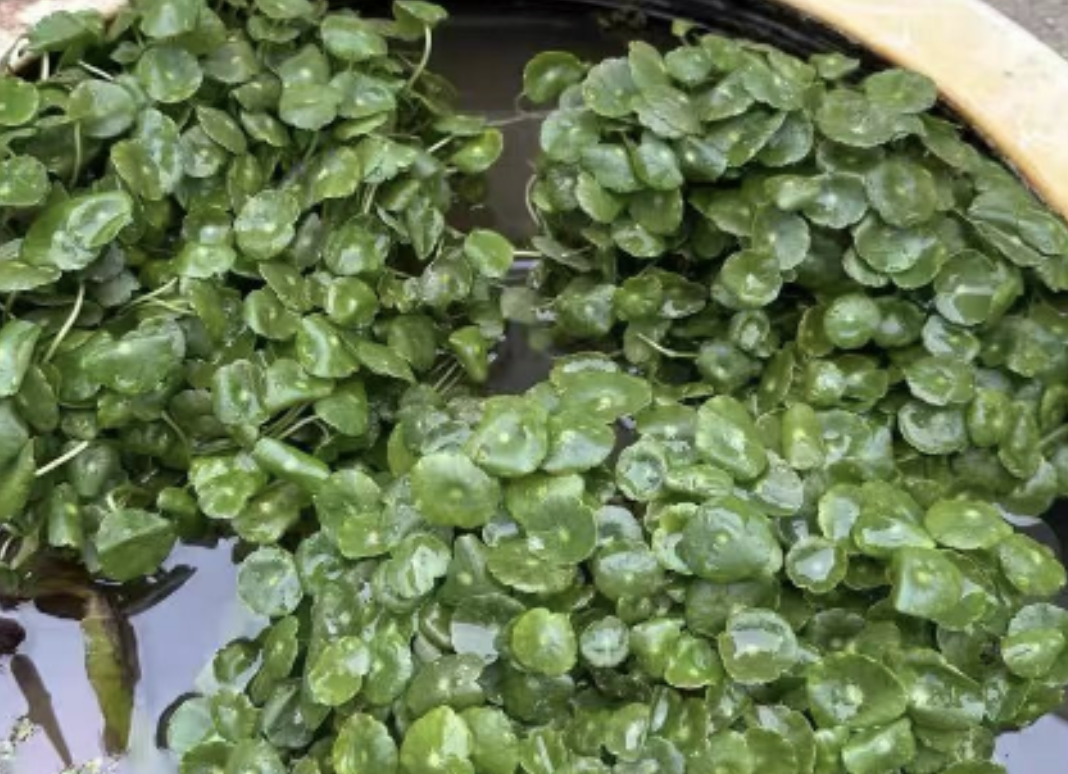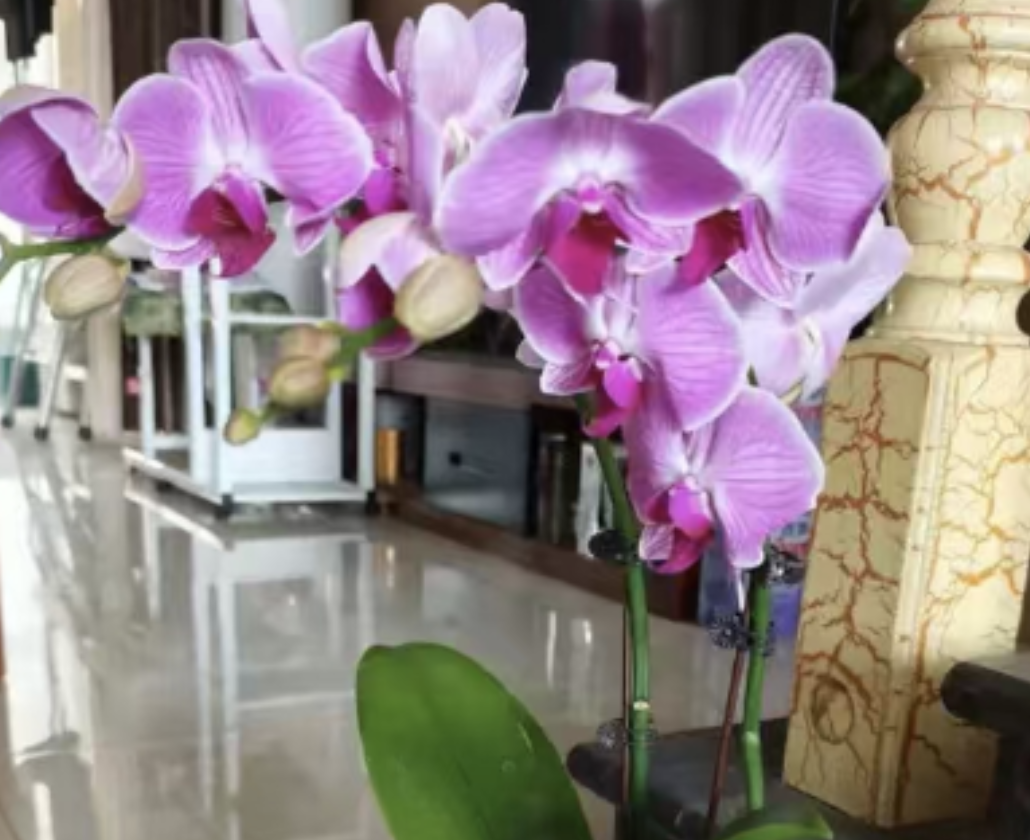Today, I’d like to share 6 varieties of small-flowered Phalaenopsis with you. Each one has its own healing charm, and placing it by your desk instantly enhances the ambiance.
### Pink Beauty
The petals are a soft creamy pink, edged with a thin white rim. The flowers are小巧玲珑 (exquisitely small) and each one is plump and rounded. When sunlight filters through the window onto the petals, the pink becomes more translucent. Glancing up at it after a tiring study or work session, the fatigue fades away in an instant.
### Little Amah
Pure white petals are spotlessly clean, with a faint yellow blush hidden at the center of the flower—understated yet elegant. Its petals are thicker, with a subtle waxy sheen, feeling smooth and tender to the touch. A closer look reveals delicate纹路 (veins) on the petals.
### Orange
A low-saturation orange that’s gentle and not harsh on the eyes, with the petal edges glowing with a faint creamy yellow. It’s extremely floriferous, with a single stem blooming over a dozen small flowers, clustered together in a lively yet neat way.
### Little Darling
Magenta fades layer by layer from the center of the petals to the edges, giving a retro and rich vibe. The veins on each petal are clearly visible, with a natural ruffled texture. Its color changes with light intensity—brighter in strong light and deeper in weak light—bringing new surprises every day.
### Lucky Star
The deep pink petals are richer than those of Pink Beauty but still maintain a gentle tone. Most notably, the distinct veins on the petals are easy to spot. Though the flowers are small, the petals spread out fully, standing tall and vibrant when in full bloom.
### All-Red
A pure, vivid magenta with no mixed hues. Its petals are more spread out, and the flower shape is more agile—when in full bloom, they look like a group of small butterflies about to take flight, full of dynamism. Even in the later stages of flowering, the color doesn’t fade significantly, staying vibrant, and the blooming period lasts extra long.
### Daily Care Guide for Phalaenopsis
- **Light**: Phalaenopsis dislike direct sunlight but love light. The best spot for your desk is near a window, where it can receive 3-4 hours of scattered light daily (such as sunlight through a sheer curtain). Avoid direct sun, as it can scorch the petals. Insufficient light leads to fewer flowers, while proper light results in plumper, brighter blooms.
- **Watering**: Phalaenopsis are epiphytic plants, and their roots fear stuffiness and waterlogging! Check the growing medium (sphagnum moss/bark) before watering—only water when it feels dry and looks pale. Pour water slowly along the edge of the pot until it drains from the bottom; never let water accumulate. Water every 5-7 days in summer, 10-15 days in winter. In air-conditioned rooms, place a small bowl of water near the pot to increase humidity (don’t let the pot bottom sit in water).
- **Temperature**: The ideal growing temperature is 15-25°C. Keep it above 10°C in winter (to avoid frost damage) and move it to a well-ventilated, cool place when temperatures exceed 30°C in summer. Keep it away from air conditioner vents and heaters—with suitable temperatures, the blooming period can last 2-3 months!
- **Fertilizing**: No need to fertilize during flowering. After the flowers fade, cut off the flower stem (leaving 3-4 nodes) and apply diluted Phalaenopsis-specific fertilizer once a month (dilute according to the instructions). This helps the plant recover and makes it easier to rebloom the next year.
- **Ventilation**: A stuffy environment for a long time can cause root rot and mold growth. Open windows for half an hour daily, or place it near a fan (avoid direct airflow on the flowers) to keep air circulating—this keeps leaves and roots healthier!
Recommendation for small-flowered Phalaenopsis

Share with
Tagged in :




Leave a Reply